[ad_1]
Are you struggling to know the finest digicam settings for wildlife pictures? Do you need to get wonderful wildlife pictures, however you’re simply undecided methods to cope with your digicam tools?
You’ve come to the precise place.
As a result of this text will let you know the whole lot, you’ll want to find out about wildlife pictures digicam settings. You’ll uncover the perfect digicam modes, in addition to a number of extremely sensible suggestions for wildlife pictures settings.
Let’s get began.
Digicam Settings For Wildlife Images
- Use Shutter Precedence when capturing fast-moving objects (birds)
- Use Aperture Precedence when coping with rapidly altering mild
- Use Handbook mode while you need full management
- Select a shutter velocity that may freeze your topic’s motion
- Select an aperture that may maintain your total topic sharp, if doable
- Compromise on aperture or ISO when in low-light conditions
- Use your steady capturing mode to catch the right second
- Use Steady AF when capturing shifting wildlife
- Use Dynamic AF when monitoring lively animals
Digicam Modes Utilized in Wildlife
Images
In case you’re seeking to grasp wildlife
pictures settings, then you definately’ll need to begin by selecting the suitable
digicam mode.
In lots of genres of pictures, Aperture Precedence is by far the most well-liked capturing mode. For example, journey photographers and panorama photographers love Aperture Precedence, as a result of it offers them management over the aperture whereas leaving the digicam to decide on a shutter velocity.
However in wildlife pictures, shutter velocity is essential – so Aperture Precedence isn’t proper for each state of affairs. Wildlife photographers do use Aperture Precedence mode at instances, however additionally they use Handbook mode. And a few wildlife photographers use Shutter Precedence mode, which has its makes use of, even when the mode is much less common.
So when do you have to use every of those digicam modes?
Aperture Precedence Mode
First, you must use Aperture Precedence while you’re coping with rapidly altering mild and also you don’t need to spend time twiddling with digicam settings. Aperture Precedence will allow you to dial in an aperture, and your digicam will select a shutter velocity that guarantees publicity consequence.
For example, when you’re capturing birds which might be shifting out and in of a shaded surroundings, Aperture Precedence is the way in which to go. Aperture Precedence can also be good while you’re photographing birds late within the day and the solar is dropping quickly as a result of it prevents you from having to give attention to adjusting your shutter velocity to account for the altering mild.
See additionally: Selecting Proper Aperture for Panorama Images
As a substitute, you’ll be able to give attention to capturing stunning
chicken photographs.
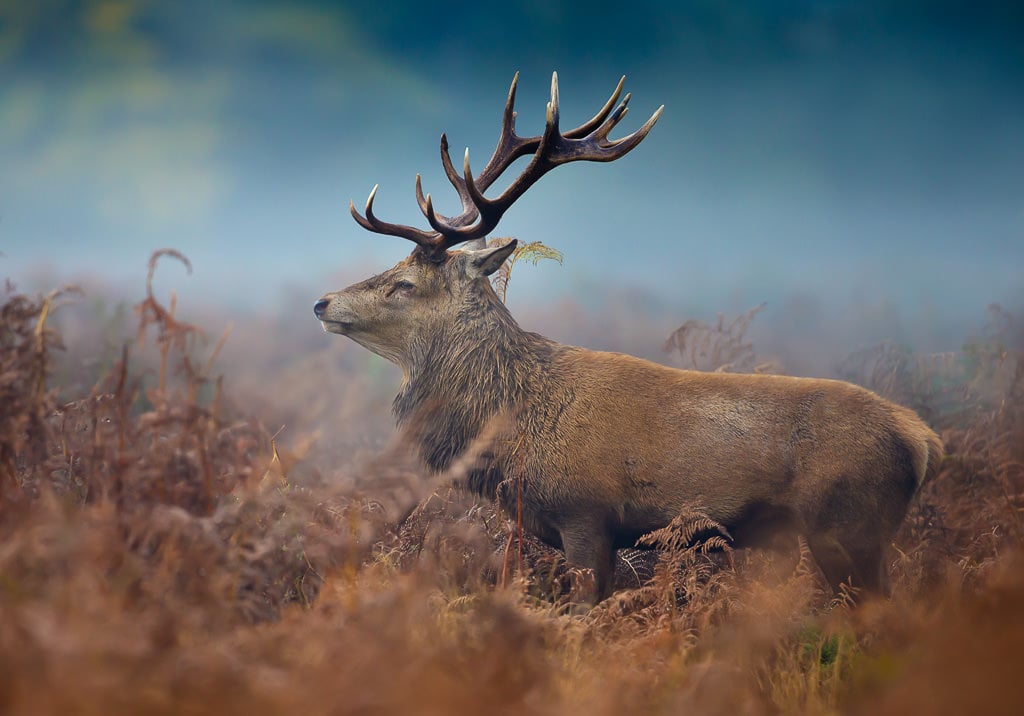

Aperture Precedence is particularly good in conditions the place the sunshine is robust and the shutter velocity is extraordinarily quick. When the sunshine is decrease (e.g., on a cloudy day), you’ll be able to elevate the ISO to pressure a quicker shutter velocity, although it could be higher to place the digicam in Handbook mode as an alternative.
Talking of which:
Handbook Mode
Handbook mode is finest while you need full management over your digicam settings. For example, when you’re aiming to seize extra artistic pictures – comparable to inventive blurs of birds flying previous – Handbook mode is an efficient possibility. Handbook mode can also be nice for low-light conditions when it’s a must to make troublesome selections between ISO, shutter velocity, and aperture. In case you’re capturing deer at nightfall, you should use Handbook mode to fastidiously select the widest aperture and longest shutter velocity you’ll be able to afford, guaranteeing sharp deer pictures.
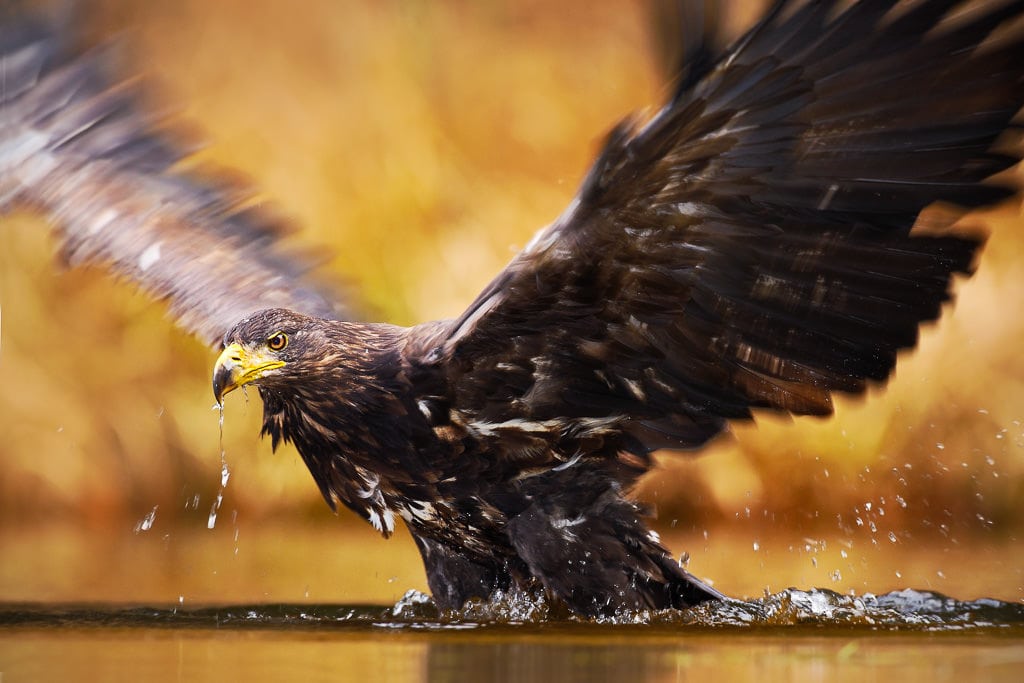

In different phrases:
Handbook mode will permit you essentially the most
flexibility to be able to make the very best selection.
Shutter Precedence Mode
Shutter Precedence, alternatively, offers you management over your shutter velocity – although your digicam will select the corresponding aperture. Personally, I exploit this mode least, however there are occasions when it may be useful.
See additionally: Should-have Wildlife Images Tools
For example, when you’re capturing an lively chicken and you already know that you simply want a specific shutter velocity to maintain it sharp (1/2000s for a heron in flight, as an example), you’ll be able to dial within the actual shutter velocity and let your digicam do the remaining.


Make sense?
So whereas there’s nobody finest digicam mode for
wildlife pictures, there are actually conditions the place one mode is smart
over the others.
Digicam Settings and Methods to
Get the Proper Publicity
Now that you understand how to decide on the correct digicam mode, it’s time to get into the small print of wildlife digicam settings.
See additionally: Nature & Wildlife Images Tutorials
At the beginning, capturing stunning wildlife pictures is about getting clear, crisp pictures. And this could’t occur when you don’t maintain issues trying sharp.
Shutter Velocity Settings
To realize good sharpness, you’ll usually must shoot at 1/1000s or larger for shifting animals (larger is best!). Birds in flight can require 1/2000s shutter speeds and even 1/4000s.
In different phrases, wildlife pictures requires quick shutter speeds. And these shutter speeds will decide your selection of publicity settings.
See additionally: Chook Images on a Finances
Certain, when you’re photographing a sleeping animal you received’t want to spice up your shutter velocity. However you’ll discover that wildlife is never cooperative and that it’s a must to be ready for issues to vary, quick.
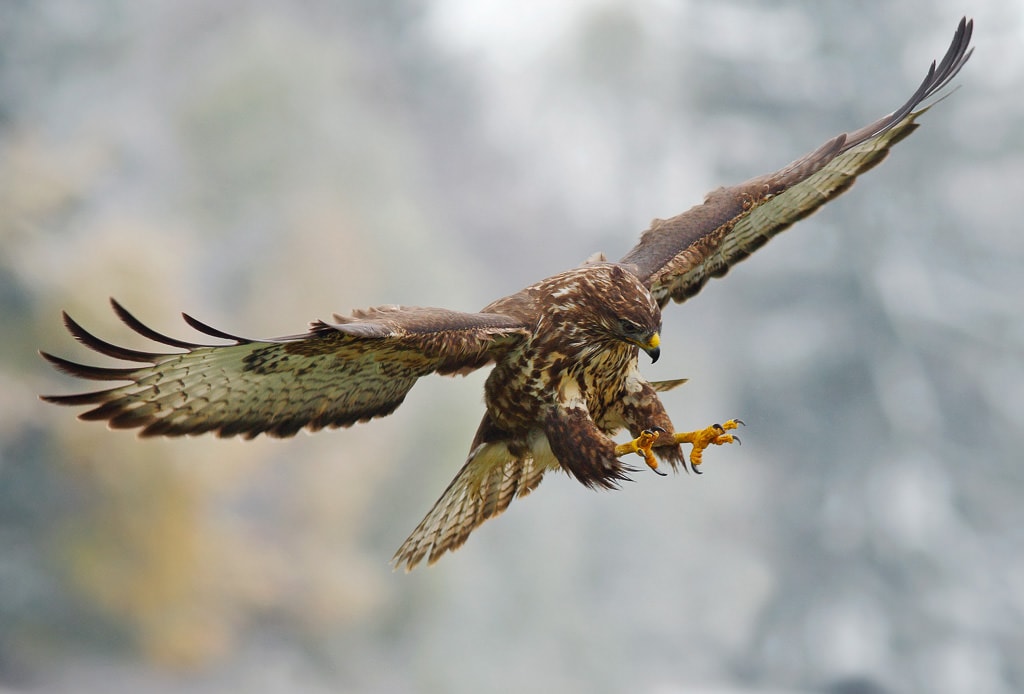

You also needs to be ready to shoot in bursts, together with your digicam set to its steady capturing mode. Wildlife photographers typically shoot in lengthy bursts, and don’t cease till the motion is over; that is how they handle to get once-in-a-lifetime photographs!
Aperture Settings
Now, whereas aperture is much less essential in wildlife
pictures than different pictures genres, it nonetheless issues. Typically, you
need to maintain your complete animal sharp, from entrance to again. You don’t need to finish
up with a pointy head however a blurry again, as an example. Or the entrance two legs
sharp and the again two legs blurry.
This typically requires an aperture of at the very least f/6.3, however f/7.1 or f/8 is safer.
Now, wildlife pictures typically includes pure mild, and pure mild is hardly cooperative. Because of this to get the right publicity, you’ll typically should compromise between quick shutter velocity, ample depth of discipline, and a low ISO.
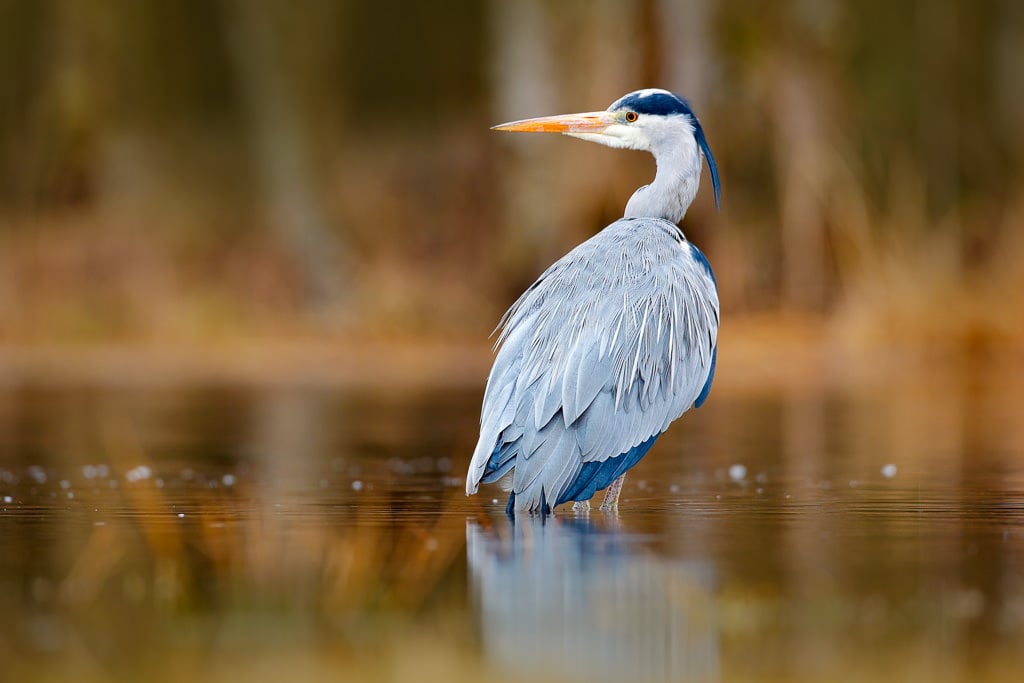

I like to recommend you concentrate on the shutter velocity first. In case your shot is blurry, then it ought to be rejected – so the shutter velocity is of utmost significance. Then you’ll be able to resolve whether or not you need to deepen the depth of discipline or maintain noise ranges down.
See additionally: Wildlife Images Tools for Learners
(And loads will rely in your digicam for wildlife pictures. New cameras with the perfect sensors carry out effectively in low mild, so you could not should compromise in any respect!)
Digicam Settings and Focusing
Methods
Whereas a giant a part of good wildlife pictures is about selecting the best aperture, shutter velocity, and ISO…
…you’ve additionally bought to grasp focusing.
Wildlife hardly ever stays nonetheless, which signifies that you should observe critters with a protracted lens – which is hardly a simple activity!
Now, there are a number of digicam settings that you simply
ought to completely be utilizing for focusing in wildlife pictures:
Steady Autofocus
First, you must have your autofocus mode set to Steady AF (also called AI-Servo on Canon). This AF mode will maintain your wildlife lens centered in your topic, even when the topic strikes after you press the shutter button.
The exception is in conditions the place your topic is stationary; AF-S (One-shot AF) is an efficient selection.
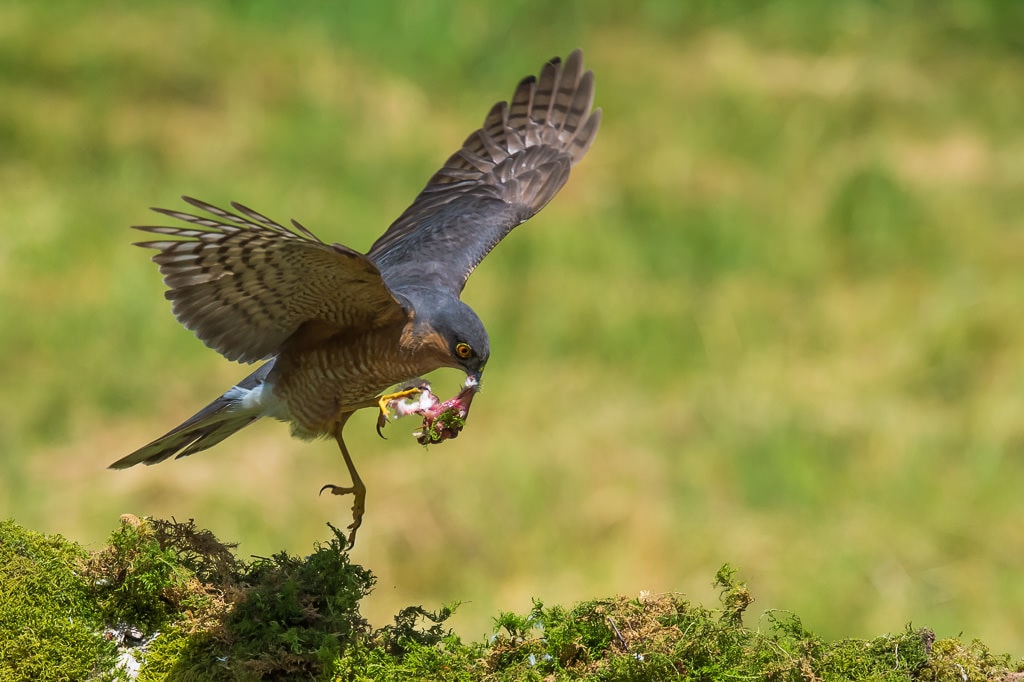

Dynamic Autofocus Mode
Second, when capturing lively wildlife, you must have your digicam space mode set to Dynamic AF, which can guarantee your digicam tracks the topic as you observe it. With out Dynamic AF, you’ll battle to take care of focus in numerous conditions: birds flying, cheetahs operating, and extra.
See additionally: Well-known Animal Photographers
In case your topic is stationary, then
Single-Level AF is ok.
Rounding Issues Up: Digicam Settings For Wildlife Images
Now let’s take a quick take a look at the whole lot
we’ve lined:
- Use Shutter Precedence when capturing fast-moving objects (birds)
- Use Aperture Precedence when coping with rapidly altering mild
- Use Handbook mode while you need full management
- Select a shutter velocity that may freeze your topic’s motion
- Select an aperture that may maintain your total topic sharp, if doable
- Compromise on aperture or ISO when in low-light conditions
- Use your steady capturing mode to catch the right second
- Use Steady AF when capturing shifting wildlife
- Use Dynamic AF when monitoring lively animals
Digicam Settings For Wildlife Images | Conclusion
You need to now really feel assured when going out
to shoot wildlife–as a result of you already know the exact settings you want for gorgeous
wildlife photographs.
So go discover some wildlife to shoot whereas protecting these digicam settings for wildlife pictures in thoughts.
And your pictures will likely be attractive!
Articles Associated to “Finest Digicam Settings For Wildlife Images Defined“
[ad_2]